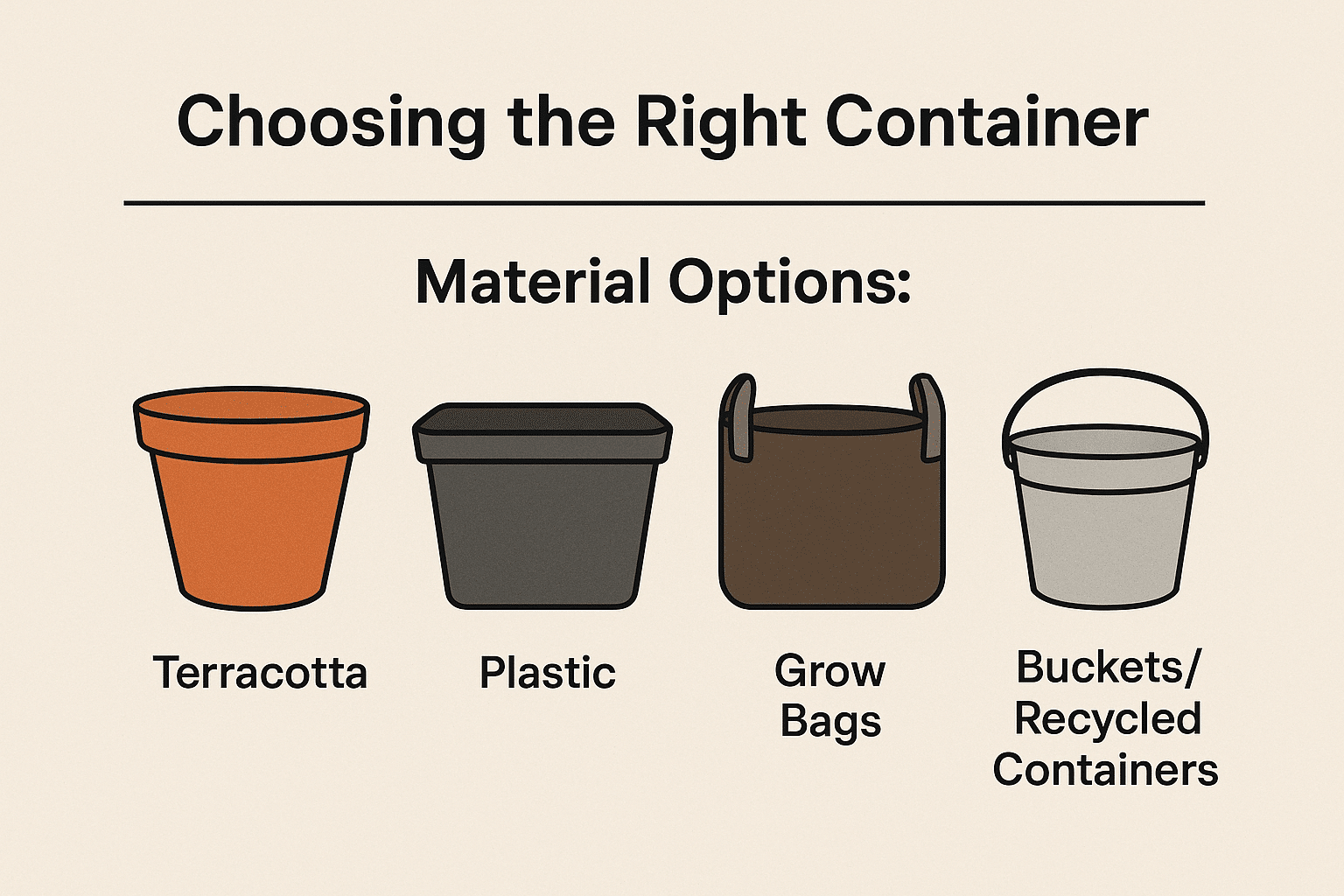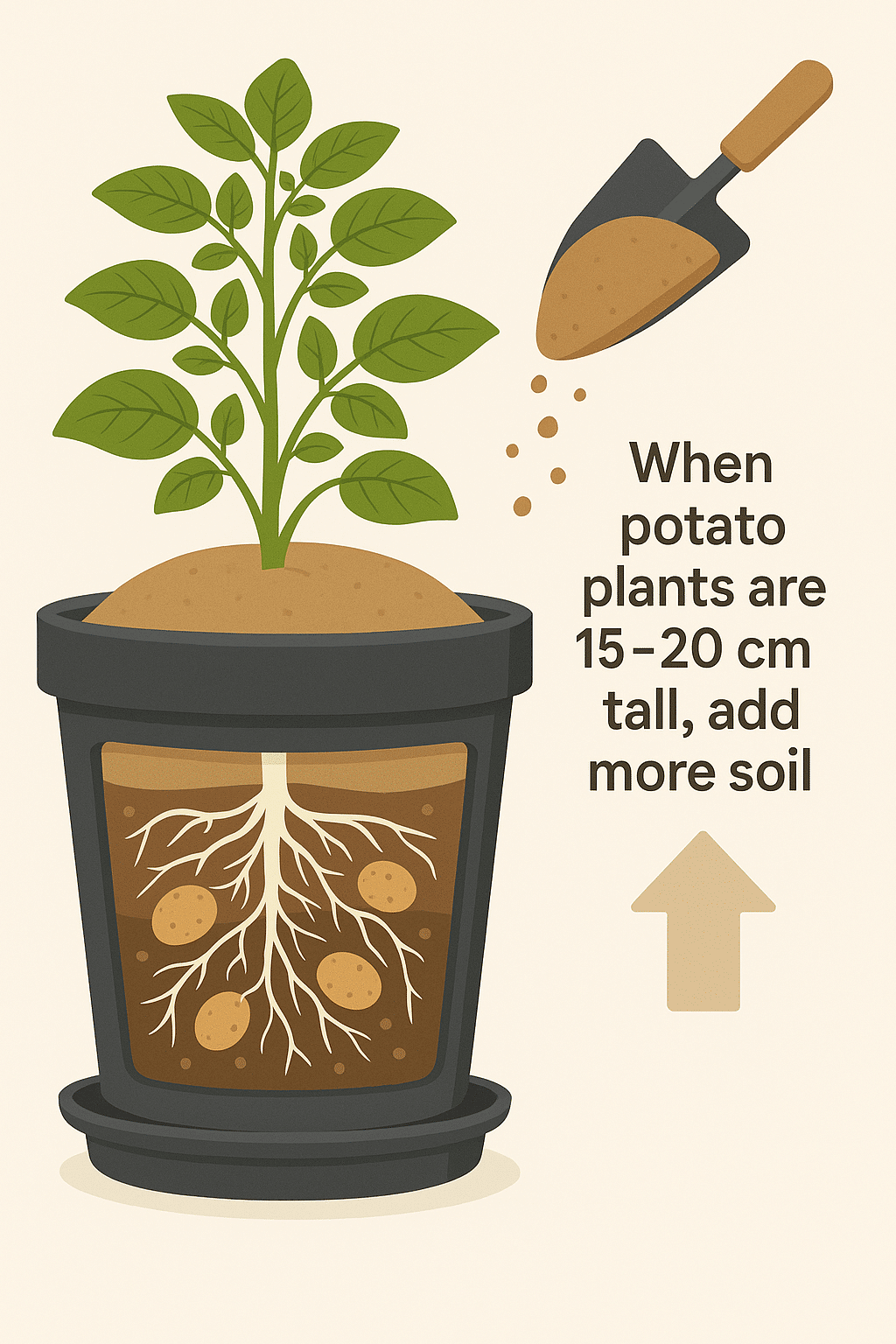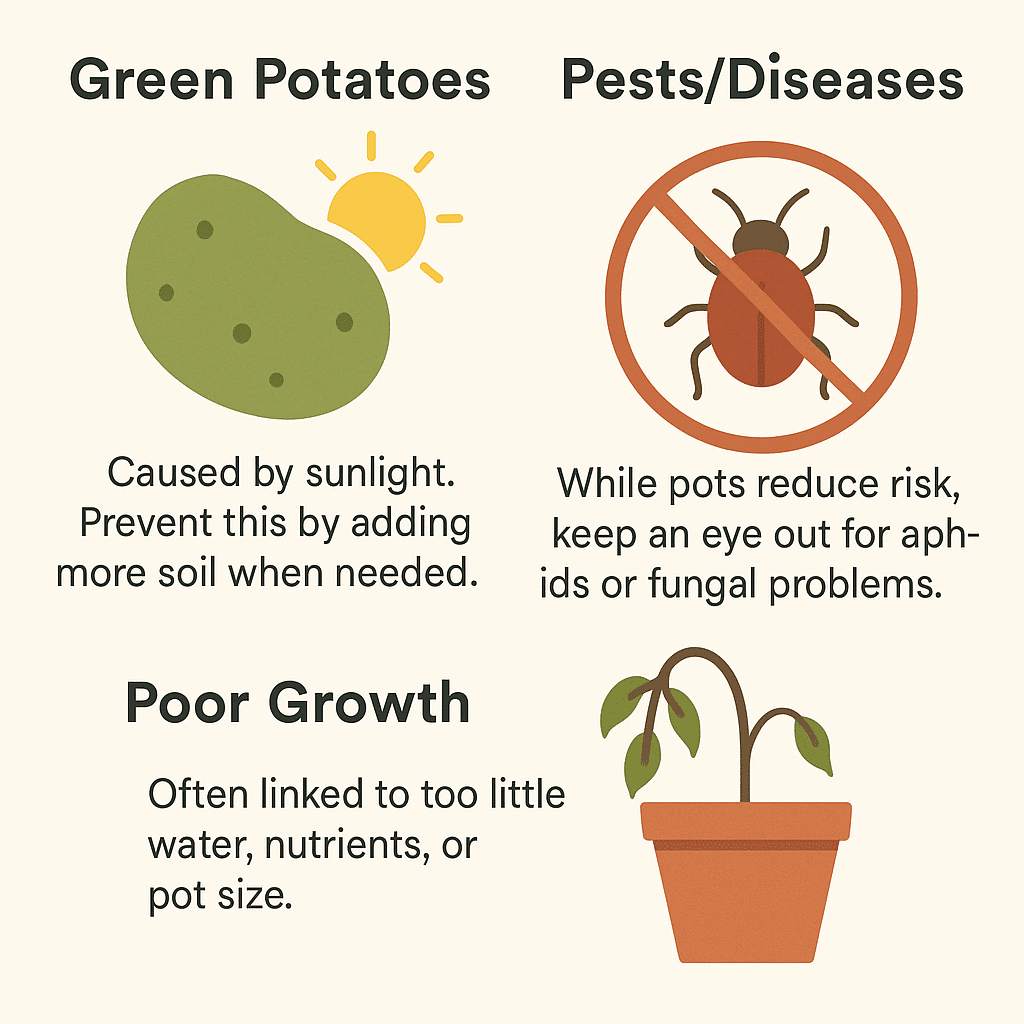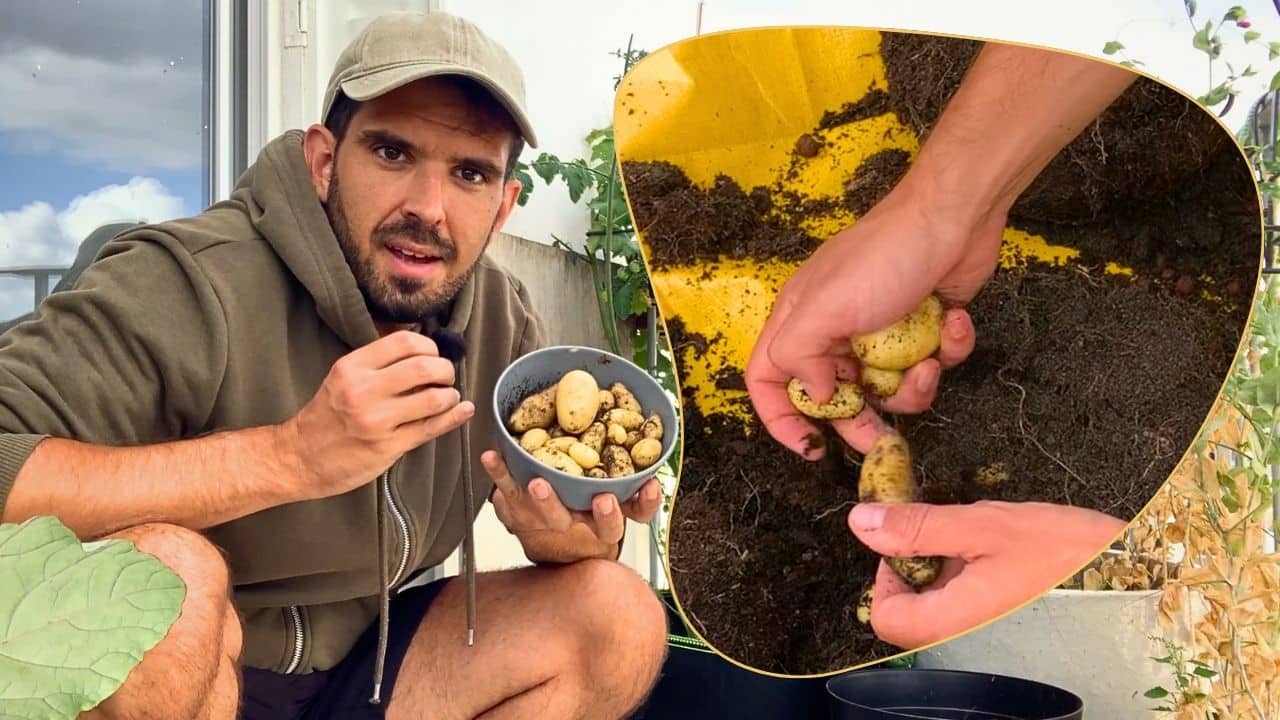Picture this: you’d love to grow your own potatoes, but all you have is a small balcony, patio, or limited garden space. The good news? Yes, you can grow potatoes in a pot! Not only is it possible, but it’s also easy, space-saving, and highly rewarding.
In this ultimate guide, we’ll walk through everything step by step—from choosing the right container and soil mix, to planting, caring for, and finally harvesting your homegrown potatoes. By the end, you’ll see just how simple it is.
Why Grow Potatoes in a Pot?
Before we dive into the “how,” let’s talk about the “why.” Growing potatoes in containers offers several advantages:
- Space-Saving: Perfect for patios, balconies, and small gardens.
- Pest Control: Less risk of soil-borne diseases and pests compared to planting directly in the ground.
- Convenience: If your plants need more sunlight, simply move the pot.
- Easier Harvesting: Instead of digging, you can just tip over the pot.
As you can see, this method isn’t just practical—it’s also efficient and beginner-friendly.
Choosing the Right Container
Once you’re convinced, the next step is choosing your container.
- Size Matters: For best results, use at least 10 gallons (40 liters) per pot. This size comfortably fits 2–3 seed potatoes.
- Material Options:
- Terracotta: Attractive but dries quickly.
- Plastic: Lightweight and affordable.
- Grow Bags: Great for aeration and drainage.
- Buckets/Recycled Containers: A budget-friendly choice.
- Drainage is Key: Whatever container you choose, make sure it has drainage holes. Without them, roots may rot.
In short, the container doesn’t need to be fancy—just roomy, sturdy, and well-draining.

Preparing Your Soil and Seed Potatoes
Now that you’ve got your container, it’s time to prepare the essentials: soil and seed potatoes.
- Soil Mix: Potatoes love loose, well-drained soil. A great mix includes:
- 2/3 quality potting soil,
- 1/3 compost,
- plus a little sand or perlite.
- Seed Potatoes: These are not the same as supermarket potatoes. They’re specifically grown for planting.
- Chitting (Pre-Sprouting): Before planting, place seed potatoes in a bright, cool spot for 2–3 weeks. Once they’ve sprouted, they’re ready to go.
With both soil and potatoes prepped, you’re set for planting.
Planting Your Potatoes: Step-by-Step
Here’s where the fun begins:
- Add about 6 inches (15 cm) of soil to the bottom of your pot.
- Place 2–3 sprouted seed potatoes on top, sprouts facing up.
- Cover them with 3–4 inches (7–10 cm) of soil.
- Water lightly to settle everything in.
That’s it—you’ve just planted your potatoes! But don’t stop here. The next steps are crucial for growth.

Hilling Your Potatoes: A Crucial Step
As your potato plants grow, you’ll need to “hill” them.
- What is Hilling? Adding more soil around the stems as they get taller.
- Why Do It?
- Protects tubers from sunlight (which turns them green and toxic).
- Encourages more tubers to grow along the buried stems.
- When? When the plants are 6–8 inches (15–20 cm) tall, add soil until only the top leaves show. Repeat as needed.
Think of hilling as “topping up” the pot to maximize yield.

Care and Maintenance: Watering and Fertilizing
Of course, even the best-planted potatoes won’t thrive without care.
- Watering: Keep the soil consistently moist—but not soggy. Check by sticking your finger into the soil. If it’s dry 2 inches down, it’s time to water.
- Fertilizing: Every 2–3 weeks, feed with a balanced fertilizer or an organic option like compost tea. This ensures your plants stay strong and productive.
With proper care, your plants will stay healthy and vigorous throughout the season.
When and How to Harvest Your Potatoes
Here’s the moment you’ve been waiting for: the harvest!
- Signs of Readiness: Once the foliage turns yellow and begins to die back—usually after 2–4 months—your potatoes are ready.
- How to Harvest: Simply tip the pot over onto a tarp or wheelbarrow and sift through the soil. You’ll uncover your homegrown treasure with ease.
Harvesting this way feels almost like digging up buried treasure—without the hard work of traditional gardening.
Troubleshooting Common Problems
Even with the best care, issues can arise. Here’s what to watch for:
- Green Potatoes: Caused by sunlight. Prevent this by adding more soil when needed.
- Pests/Diseases: While pots reduce risk, keep an eye out for aphids or fungal problems.
- Poor Growth: Often linked to too little water, nutrients, or pot size.
By staying attentive, most problems can be solved quickly.

So, can you grow potatoes in a pot? Absolutely! It’s simple, efficient, and perfect for anyone short on space.
With the right container, soil, and a little care, you’ll enjoy your own fresh, homegrown potatoes in just a few months. Why not give it a try? Your balcony or patio could soon become your very own mini potato farm.

